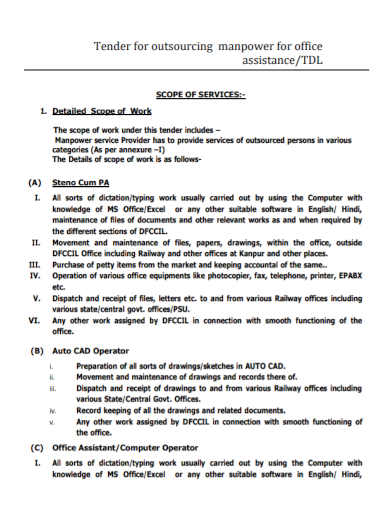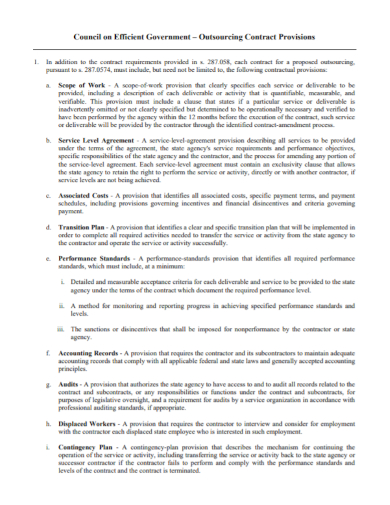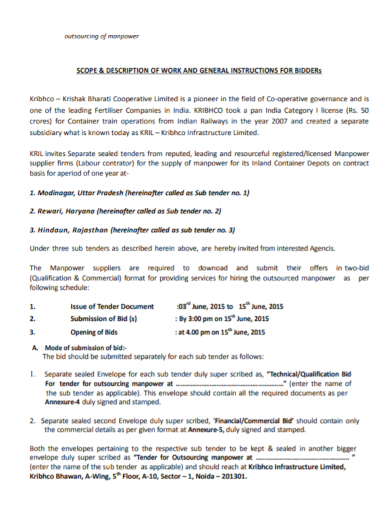Outsourcing has been proven to become one of the most effective models used to have a profitable business operation. It has been recognized to be one of the most recognized and successful competitive edge that most of the companies utilize. This type of work perform specific tasks, handle different operations, and provide services that are specialized or maybe distracting to your business.
In order to attain the needs of the company, outsourcing is the answer. It provides you with the knowledge that offers specific function applicable to the entire department. It will not only make you save time and money, but it will also make you benefit from the external expertise. When we say outsourcing, it is just like using outside resources in order to perform various activities that cannot be handled by the internal staff and management. They may hire contractors in order to perform these specific functions that performed by employees previously.
Here is what you need to know abut outsourcing and why do companies need it.
4+ Outsourcing Scope of Work Samples
1. Outsourcing Scope of Work Services
2. Outsourcing Contract Scope of Work
3. Outsourcing Scope of Description Work
4. Outsourcing Statement and Scope of Work
5. Outsourcing Consulting Services Scope of Work
What is Outsourcing?
Outsourcing is a term defined as often associated with companies that enables firing domestic employees and hiring remote contractors in order to perform the same job at a cheaper pay. This contactor could be overseas or someone who just live down the streets. Outsourcing could be any work that which includes from the janitorial duties to IT help and even customer service. The act of outsourcing can even involve the transferring of employees from the company’s payroll to an outsourcing company. This outsourcing company may handle payroll taxes, benefits, and other issues directly related for the employees. This means that the employees’ day to day work will not change. However, their paychecks come from a different entity.
Pros and Cons of Outsourcing
PROs:
1. It reduces and controls the operating cost – the fact is, outsourcing is cheaper than having to hire an employee. It even takes a level of uncertainty when it comes to the costs. The contract itself will provide you details about what should be done and for what price it is equivalent for.
2. It improves company focus – when you are going to outsource some important tasks, you are increasing the company’s focus on the task. This act has been deemed vital.
3. It expands talent pool – the act of outsourcing allows you to draw from the endless pool of potential talents rather than just relying on your employees’ talents.
4. It allows you to share risks with another company – the contracting company will be able to share some of the known responsibilities to complete the tasks being assigned to them.
CONs:
1. Employees could feel threatened – most of the employees would worry about getting replaced by a contractor through outsourcing. This can even lower their self-esteem and morale even their productivity at work.
2. It means difference in standards – when you are going to outsource, it means that you are trusting your contractor to live up with the idea of quality. If both of you differs with regards to the standards, the chances would be both of you will get a different product and service than what you have planned in your mind.
3. There is a possibility of communication issues that could arise – outsourcing may cause you difficulty in checking in on those people who are performing the work. You have to write an email or even make a phone call to your contractor to check if he or she is available on that time. If you are outsourcing at a different country, there would be a possibility of a language barrier.
4. It increases threats to security – the more that other people have access to your data and resources, the more there will be a security threat. When you are going to add more workers, it always comes with a risk. When you use an outsourcing company, there is a huge possibility that the whole company have access to any of the information.
FAQs
What are some of the ways to outsource?
Some of the known ways that you could use in outsourcing are staff leasing, function outsourcing, project or managed solutions, captive services and managed entities, and small business packs.
What is an example of outsourcing?
For example, we will take manufacturing as the subject. Many of the huge companies often outsource their production because of the fact that is is quite cheaper when it comes to overseas. This would allow companies to pay more attention to the quality. However, just because it is considered cheap doesn’t mean that you are on the right choice. If you have bad quality, it may obviously affect the business.
What are the requirements for a successful outsourcing?
You should have a clear goals and vision, careful vendor selection, relationship management, properly structured agreements, open communication especially to the stakeholders, executive support, careful attention to issues, and short-term financial justification.
Outsourcing can be both beneficial and a disadvantage to your company. It is just only up to you on how you are going to make use of it and if it feels like it is an urgent need of the company to do so. Most importantly, you should be able to prioritize the company’s security especially with the information that you needed to be kept confidential and out of the access of other employees for safety purposes. Also, know your contractor well. In this manner, you will be able to gain trust to them about the work that they are handling. If you want to view more of some of the examples of outsourcing, you may scroll up for you to have a guide on what format when using a template for outsourcing contracts.
Related Posts
Weekly Schedule Samples & Templates
Contractual Agreement Samples & Templates
FREE 9+ Amazing Sample Church Bulletin Templates in PSD | PDF
Sample Business Card Templates
Sample Cashier Job Descriptions
Questionnaire Samples
FREE 10+ Sample HR Resource Templates in PDF
FREE 10+ HR Consulting Business Plan Samples in MS Word | Google Docs | Pages | PDF
FREE 49+ Sample Job Descriptions in PDF | MS Word
FREE 16+ Nonprofit Budget Samples in PDF | MS Word | Excel | Google Docs | Google Sheets | Numbers | Pages
FREE 13+ Academic Calendar Templates in Google Docs | MS Word | Pages | PDF
FREE 10+ How to Create an Executive Summary Samples in Google Docs | MS Word | Pages | PDF
FREE 23+ Sample Event Calendar Templates in PDF | MS Word | Google Docs | Apple Pages
Company Profile Samples
FREE 10+ Leadership Report Samples [ Development, Training, Camp ]





